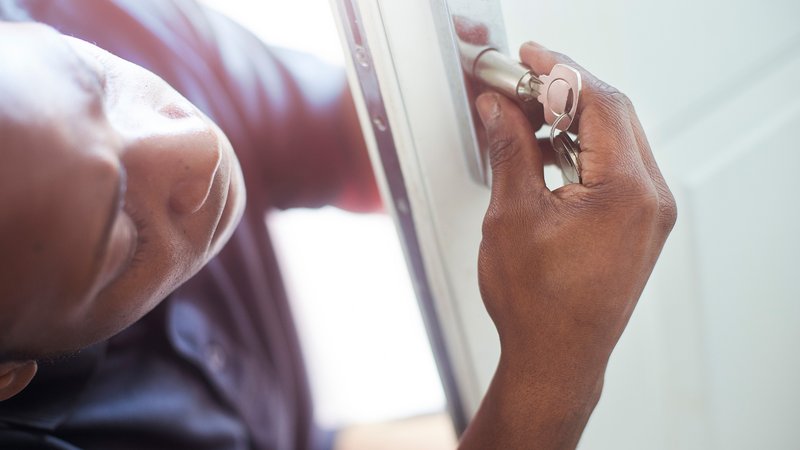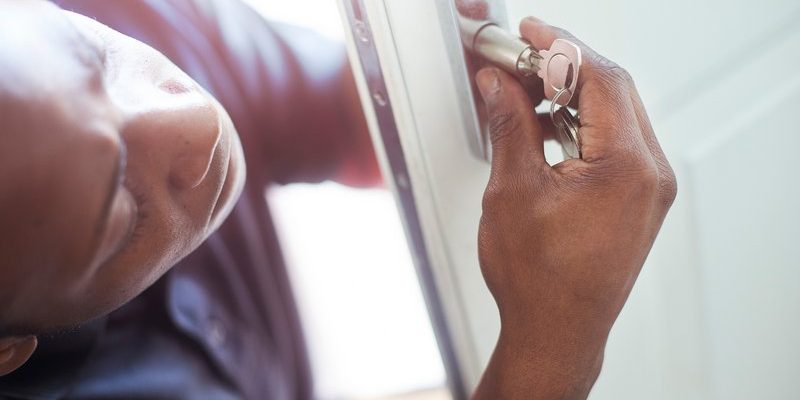
Imagine your interior door as a gate in a fortified wall. A solid wall might keep many out, but if the gate is flimsy, it’s just a matter of time before someone pushes through. In this article, we’ll explore practical strategies to secure interior door knobs against forced entry. From choosing the right type of knob to implementing simple adjustments, we’ll guide you through the process, ensuring you feel confident in your home’s safety.
Understanding Interior Door Knob Types
Before diving into the security measures, let’s take a moment to understand the different types of interior door knobs. You might feel overwhelmed by options, but don’t worry—once you know what to look for, it becomes a breeze.
Most interior door knobs fall into two categories: passage knobs and privacy knobs. Passage knobs are typically used for hallways or rooms that don’t require locking, while privacy knobs come with a locking mechanism, making them ideal for bathrooms or bedrooms. You might be wondering why this matters for security. Well, knowing which type you have is crucial because privacy knobs often offer better built-in protection against forced entry.
Another point to consider is the material. Solid metal knobs are generally sturdier than plastic ones. If you have a lightweight knob, you may want to think about upgrading to a heavier, more durable option.
Strengthen Your Door Frames
Now let’s talk about the door frames. It’s easy to focus on the knob itself, but the strength of the door frame can significantly impact security. A weak frame can bend or break under pressure, making it easier for someone to force the door open.
One way to reinforce your door frame is by adding a reinforcement plate. This metal plate can be installed around the knob and lock area, spreading any force applied during an attempted break in. It’s a simple yet effective way to boost your interior door’s strength.
Another useful tip is to replace standard screws with longer ones that reach deeper into the wall studs. This makes it much harder for someone to yank the knob or lock from the frame.
Choosing the Right Locks
Let’s get into the locks themselves. It’s crucial to select locks that not only fit your knobs but also provide adequate security. A deadbolt is a powerful addition—even for interior doors. While deadbolts are usually associated with exterior doors, they can offer extra peace of mind for particularly sensitive areas.
When choosing a lock, look for one with a pick-proof design. Some locks come with additional features, such as bump-proof capabilities, which prevent easy forced entry techniques. It’s worth taking some time to research and select a lock that offers these protections.
You might also consider smart locks that allow you to lock and unlock doors via a smartphone app. This way, you can monitor who enters and exits without needing a key. Just make sure to keep your device secure, as no security system is foolproof.
Adding Extras for Enhanced Security
Beyond locks and knobs, several additional features can enhance your interior door’s security. Door jammers or security bars are excellent tools to consider. They create a physical barrier that makes it difficult for anyone to push the door open, even if they manage to tamper with the knob.
Window locks are another consideration. If your doors lead to exterior windows, ensure those are secure as well. It’s all about creating a comprehensive security plan—every entry point counts.
Also, consider installing a door viewer or peephole. This simple addition allows you to see who’s on the other side before opening the door, providing an extra layer of security, especially in shared living spaces.
Regular Maintenance Checks
You might be surprised, but a lot of security issues stem from neglect. Regular maintenance checks on your door knobs and locks will keep them functioning properly and securely.
Make it a habit to test your locks once a month. Are they turning smoothly? Do the knobs feel sturdy? If anything seems off, it’s time to replace or tighten the screws. Also, keep an eye out for any signs of wear, such as rust or corrosion. These can weaken the knob or lock’s integrity.
It’s also essential to keep your doors and frames clean. Dust and debris can jam locks, causing them to malfunction. A little bit of regular upkeep can go a long way in maintaining security.
Educate Others in Your Home
If you live with family or roommates, educating them about security practices is vital. After all, everyone needs to be on the same page to keep the home safe.
Hold a casual discussion about the importance of securely locking doors—even those interior ones. Remind them to check locks before leaving for the day or going to bed. Establish routines around locking doors, especially in shared spaces.
You could even demonstrate how to use any advanced locking systems you might have. If everyone is aware of the security measures in place, it makes it harder for anyone to slip up.
Securing your interior door knobs against forced entry isn’t just about spending money on high-tech systems; it’s about being proactive. By understanding the types of knobs, reinforcing door frames, choosing the right locks, and maintaining everything regularly, you can create a fortified space within your home.
Remember, even small changes can make a significant difference. Whether you’re considering a security bar or simply educating those around you, every action adds up. The goal is to build a safer environment where you and your loved ones can thrive without worry. Investing time in security is investing in peace of mind—always a worthy endeavor.
